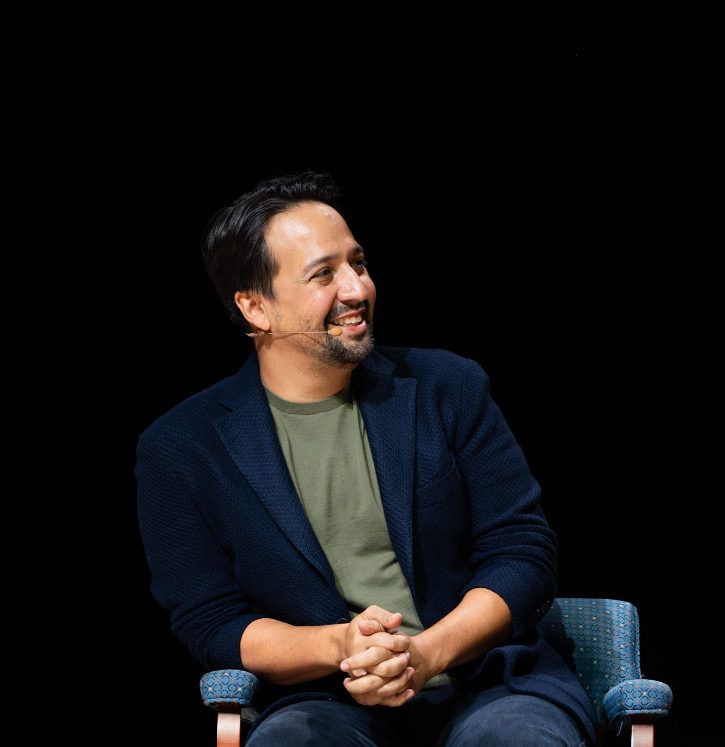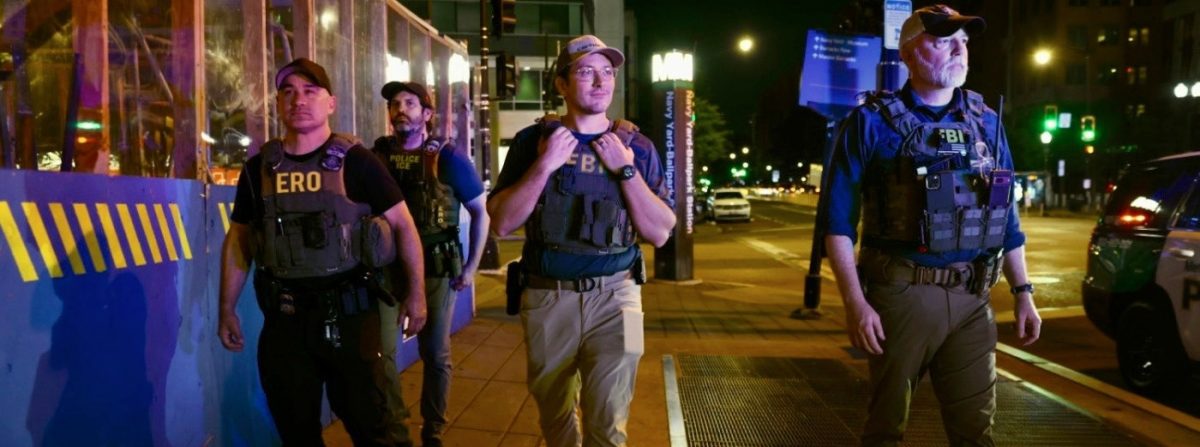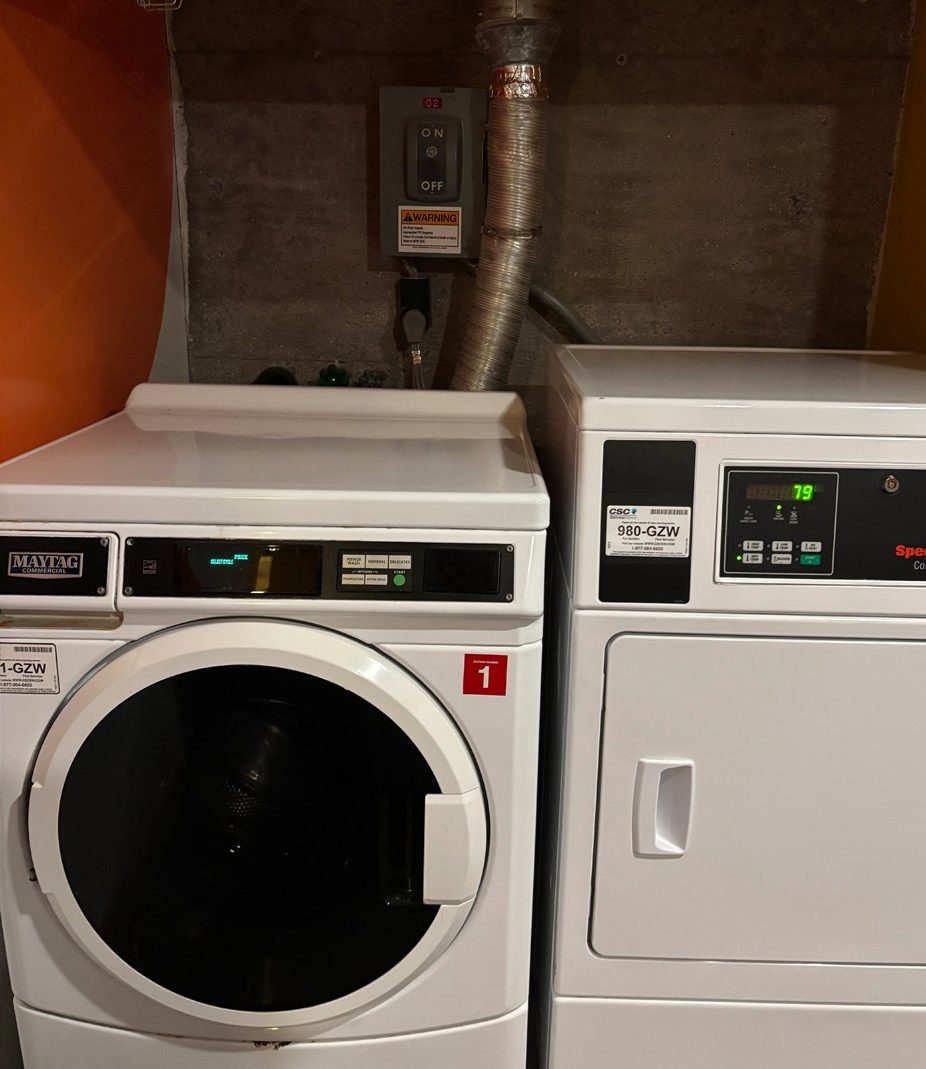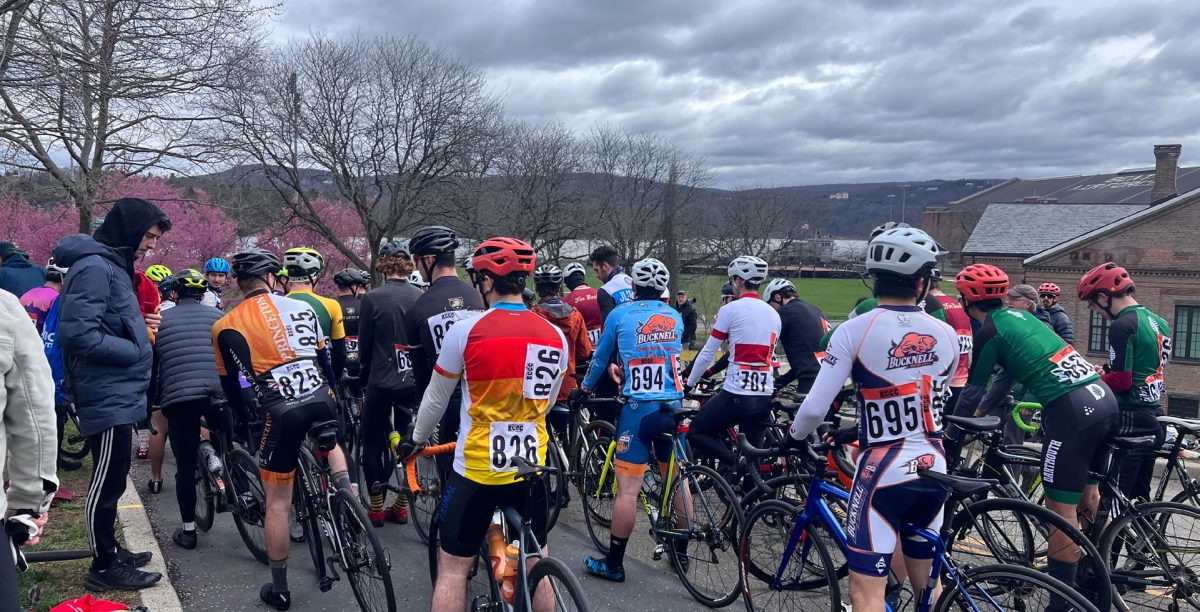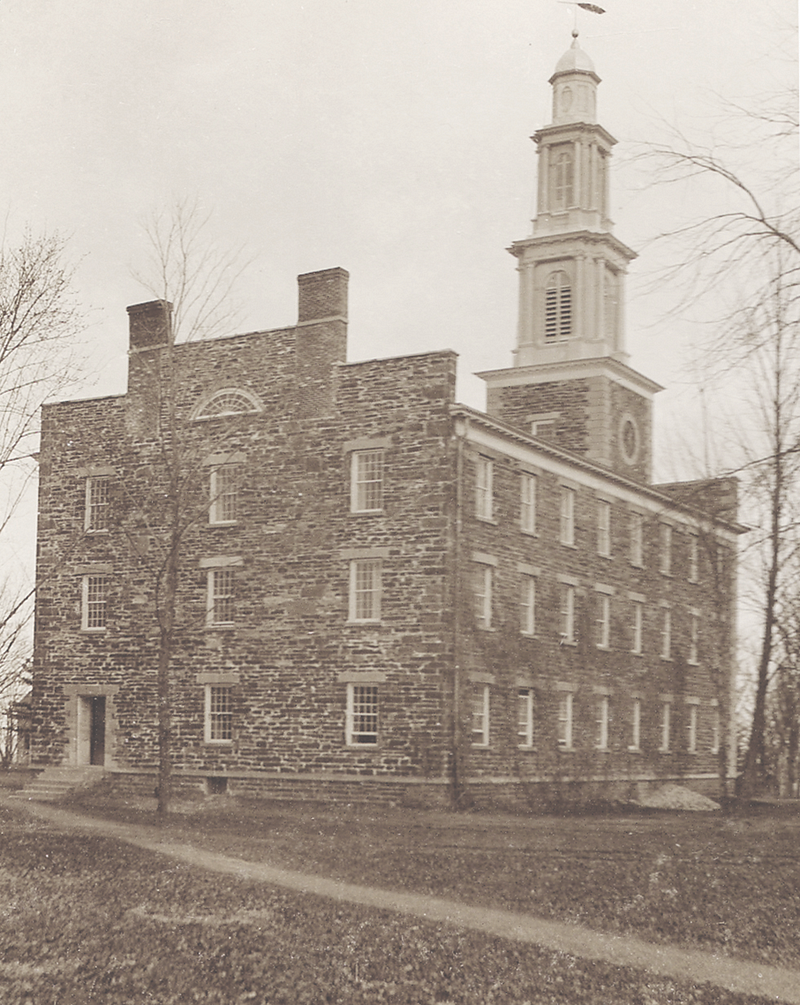
The Chapel:
Completed in 1827, the Hamilton College Chapel is one of the most iconic symbols on campus. The quill through the weathervane towers above the Hill as a symbol of the significance of writing in a Hamilton education. In the early years of the college, students were required to attend chapel lectures given by the president at 6:00 every morning. Under President M. Woolsey Stryker, however, the college eased back on this requirement and curtailed Presbyterian influence until the final removal of a chapel attendance requirement in 1965. Today, the chapel is the only surviving three-story chapel in the United States, and holds events from religious services to concerts.
Litchfield Observatory:
The Litchfield Observatory was named after Edwin Litchfield, class of 1832, in 1866 and served as Hamilton College’s observatory until it burned down in 1918. The telescope mount near Siuda House marks the original location of the Litchfield Observatory. Today, the Peters Observatory on College Hill Road has taken its place. The current observatory was named after Christian Peters, a German-American astronomer and Hamilton professor who discovered 48 asteroids at the Litchfield Observatory, where he worked until his death in 1890. Peters was the first Litchfield Professor of Astronomy, a title that has been passed down for over a hundred years and is currently held by Professor Gordon Jones.
Sage Rink:
The Sage Rink was built in 1921 and named after Russell Sage, a railroad executive and member of the New York State Congress. Russell Sage left his entire fortune to his wife Olivia Solcum Sage after his death, and she financed various philanthropic projects across New York, including the construction of the Sage Rink. It is now the oldest indoor collegiate hockey rink in the United States.
Buttrick Hall:
Buttrick Hall was originally built in 1812 to serve as the college’s first dining hall. After Commons took its place, the building was converted to a residence in 1834 for Horatio Buttrick, head of grounds and college registrar. Buttrick passed it onto the Root family in the 1840s after his daughter Nancy married Oren Root. Nancy gave birth to Elihu Root, Secretary of State and Nobel Prize winner, in this building in 1845. The Root family has since donated the building to the college, now called Buttrick Hall . It serves as the office of the President and Dean of Faculty.
Morris House:
The Morris House has one of the most diverse histories of any Hamilton Building. The building originally opened in 1872 as the Perry Hiram Smith Library, before being repurposed to serve as the college infirmary. Following its function as an infirmary, it briefly served as housing for women visiting Hamilton for house parties, then was remodeled as the Minor Theater in 1961. The Minor Theater housed all of the college’s theater productions until 2014, when construction of the Kennedy Center for Theater and the Studio Arts was completed. The building then underwent its most recent renovation into the Morris House, and now serves as a residence hall.






